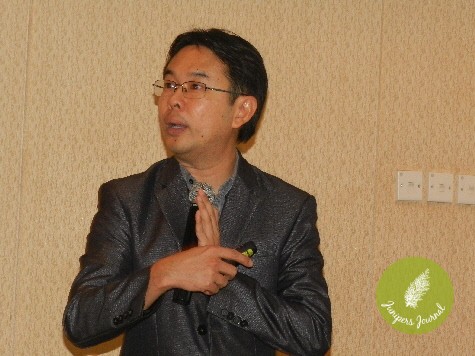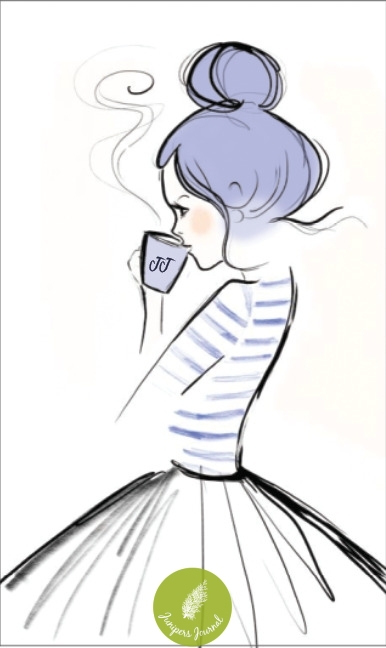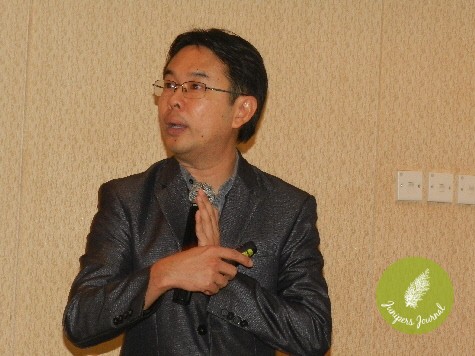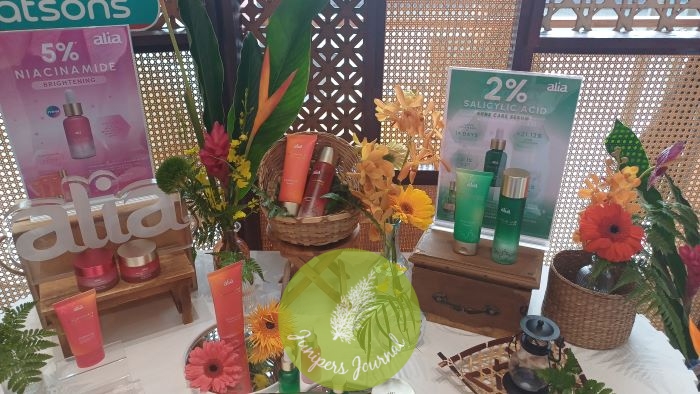
Eau Thermale Avène, in partnership with Guardian Malaysia, organised a workshop on understanding Atopic Eczema last Saturday. Atopic Eczema is a dry skin condition, and the workshop shared tips on discovering how it can be managed with emollient treatments by learning the effective application techniques from Dr. Leong Kin Fon (Pediatrician Dermatologist) and Mr. Alexandre Giraudon (Avène Marketing Manager). In Part 1, I’ll feature Dr. Leong Kin Fon’s presentation on ‘Atopic Eczema and its pearls”. Dr. Leong has extensive experience in treating eczema among children.
One of the most frequently asked questions about atopic eczema is whether it is common in Malaysia. Check out the statistics as provided by Dr. Leong:-
In 1995, 9.5% of school-going children in Malaysia suffered from eczema.
In 2001, 12.6% of school-going children in Malaysia suffered from eczema.
In 2014, 20% of school-going children in Malaysia suffered from eczema.
Atopic eczema seems to be more common among the urbanized community.
What is the cause of atopic eczema?
It is the dynamic interaction between genetic and environmental factors. Generally, children with atopic eczema are born with very dry skin. Causes are a combination of the immune system, hypersensitivity and environmental factors such as stress, extreme heat and cold. All these factors play a role in the flaring up of eczema. We are living in 2 extreme conditions as we are insulated in air-con rooms and go outdoors to extreme heat, this causes bacterial overgrowth.
Food is just one of the triggers but not the main cause so don’t overestimate food allergy as a cause. There is no single fixed recipe for the cause. Being in a room which is 22-24C and properly humidified is best.
Dr. Leong talked about toilet eczema which is caused by detergent on toilet seats. Super hygienic parents will sanitise the children’s toilet seats which can lead to allergies.
As for allergy testing, there is the skin prick test. Blood test and patch test just gives you more information on atopic eczema but won’t tell you everything.
Eczema is also caused by shoe allergies and physical friction.
The pattern of atopic eczema changes with age. When one is young, the appearance of atopic eczema is dryness, redness, scaly and watery on both sides of the face, neck and knees. When one is an adolescent, the signs are over face, hands and feet exposed to outdoor activities and use of make-up.
Atopic Eczema has 3 main basic factors/components:-
1. dry, sensitive, scaly and flaky skin.
2. itch and scratching.
3. inflammation and infection.
Management plan of Atopic Eczema:-
Combination of Dynamic and Environmental Approach.
Normally for mild eczema, the patient is prescribed 7-14 days of mild steroids to reduce inflammation.
For moderate cases, the level of steroids can be increased but still no antibiotics.
For severe cases, steroids and antibiotics are prescribed.
There’s Class 1 to 4 of steroids. Class 3 and 4 are for eczema on hands and feet as s Class 1 and 2 would be useless and cannot penetrate hands and feet. Prescriptions are for not longer than a 4 week duration. For face, only Class 1 steroid are used.
Education is the most important aspect of managing Atopic Eczema!










Wow such an informative workshop!